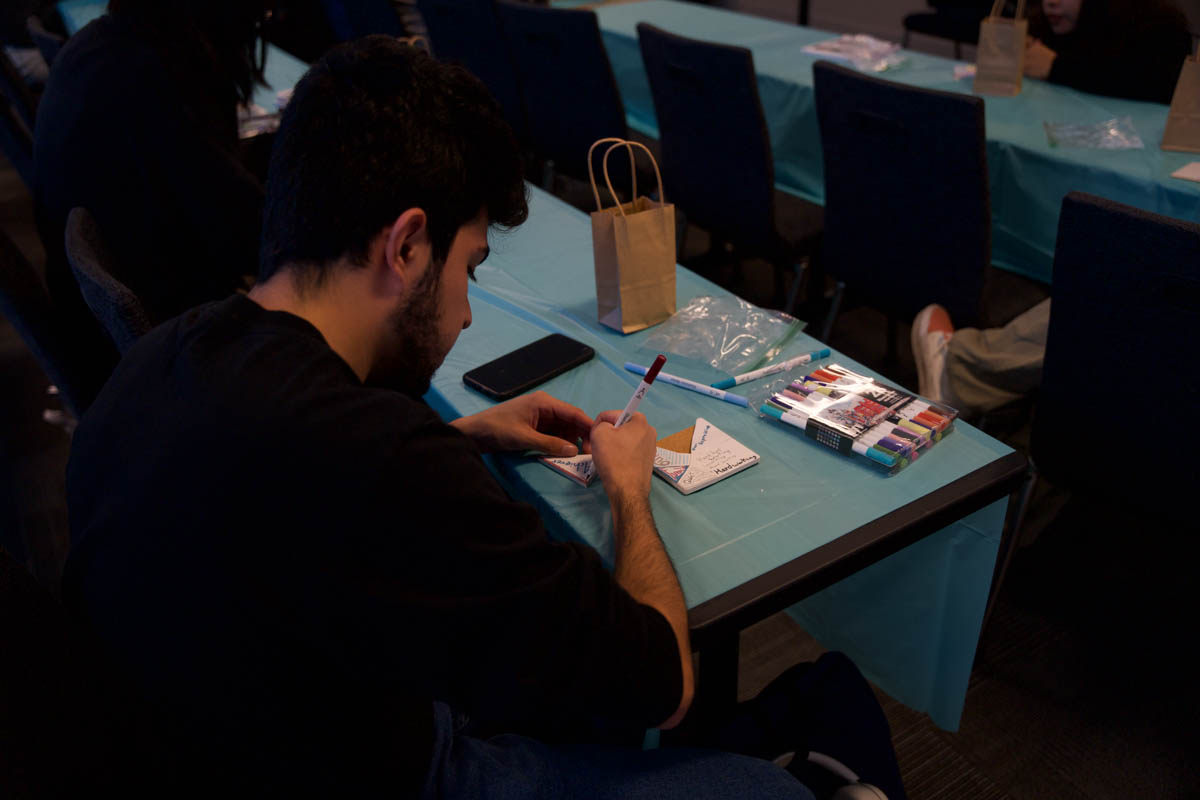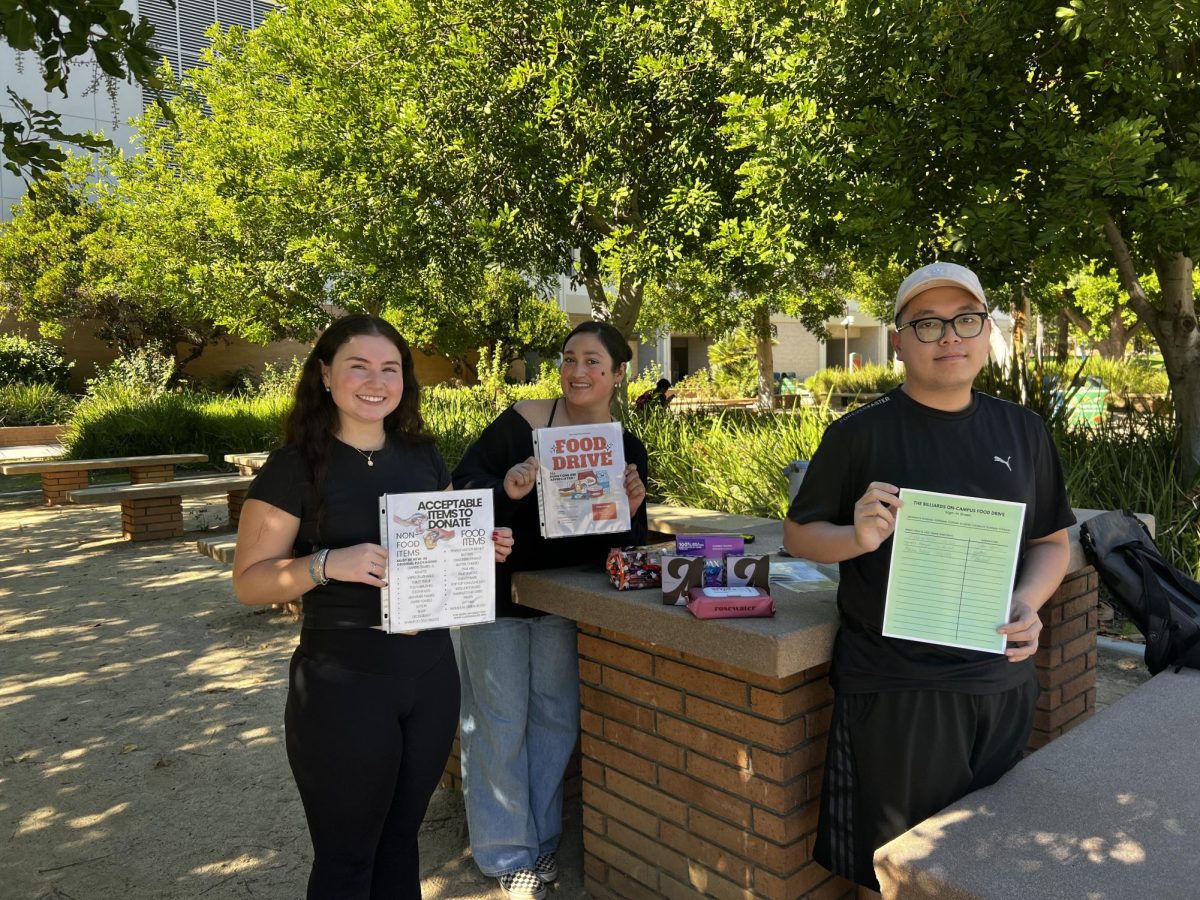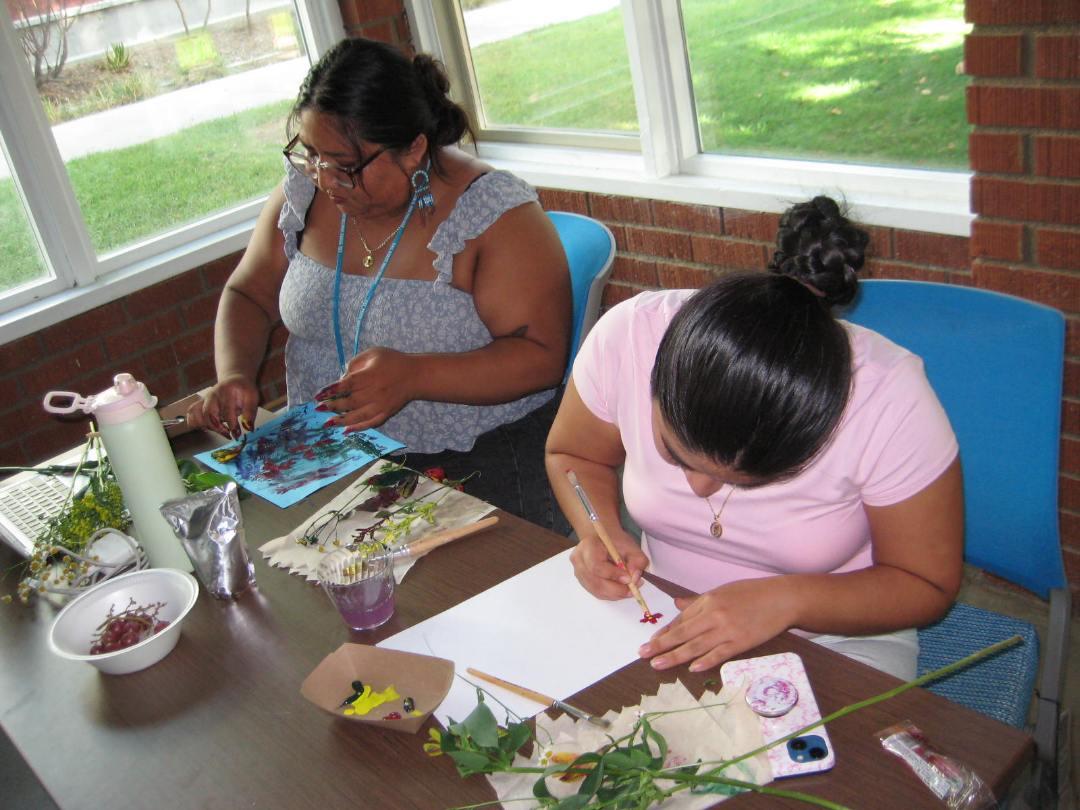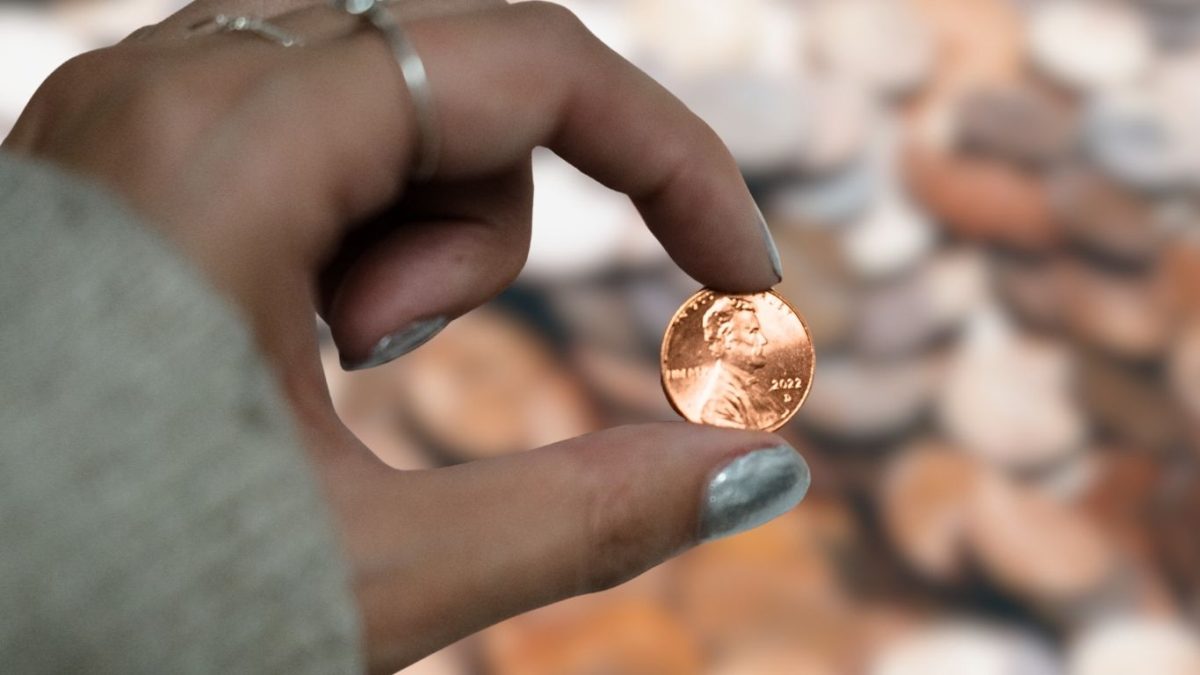Music and dances from different cultures and nationalities filled the University Student Union on April 17 as students watched and participated in the 18th annual Carnaval.
A lounge area was available where students were eating, talking and playing games such as the Loteria, a Mexican board game similar to bingo.
Dance performances were scheduled every 30 minutes. Bollywood, Celtic dancers, Native American dancers, Brazilian Samba, Aztec, and a Chinese dragon dancers all participated in Carnaval.
Celtic dancers performed Irish and Scottish music. Dancers wore traditional outfits and shoes. Before they performed the historical background of the songs were explained.
“I have liked the dances because they are all so different, this one is so calm”, said Tanya Villalobos, freshman public health student.
Students were encouraged to participate during the last dance the Celtic dancers performed.
“I thought it was super cute and simple. Everyone could do it. It was nice”, said Brittney Harvey, freshman deaf studies major.
After the Celtic dancers, Native American dancers known as the Eagle Spirit Dance Group took the stage. The three members that performed are from the Jicarilla Apache tribe.
Benjamin Hale danced and wore an entire traditional outfit that included bald eagle feathers. His brother, Phillip Hale, UCLA graduate, played the drums and sang.
The “round dance” was the last dance to be performed. CSUN students at Carnaval participated in the dance. Benjamin Hale encouraged students to participate.
“It doesn’t matter what color skin you have, what language your original people spoke or what part of Mother Nature you came from,” Hale said. “This dance is Universal.”
The dancers also performed a dance called the fancy feather dance. The fancy feather dance is a fast and short dance that was performed with multiple generations, said Benjamin. His brother was Phillip, was a fancy feather champion.
Hale’s daughter performed two solo dances, “The Young Women’s Swan Dance” and “The Women’s Fancy Shawl”. Students applauded and cheered every time she performed alone.
The history behind all the dances was explained like the wardrobe for the dances. Alethea wore a contemporary shall during “The Women’s Fancy Shawl” dance.
Hale said, “Native people are still well and alive and we are not just in the history books. We are still here and proud of our heritage.”










